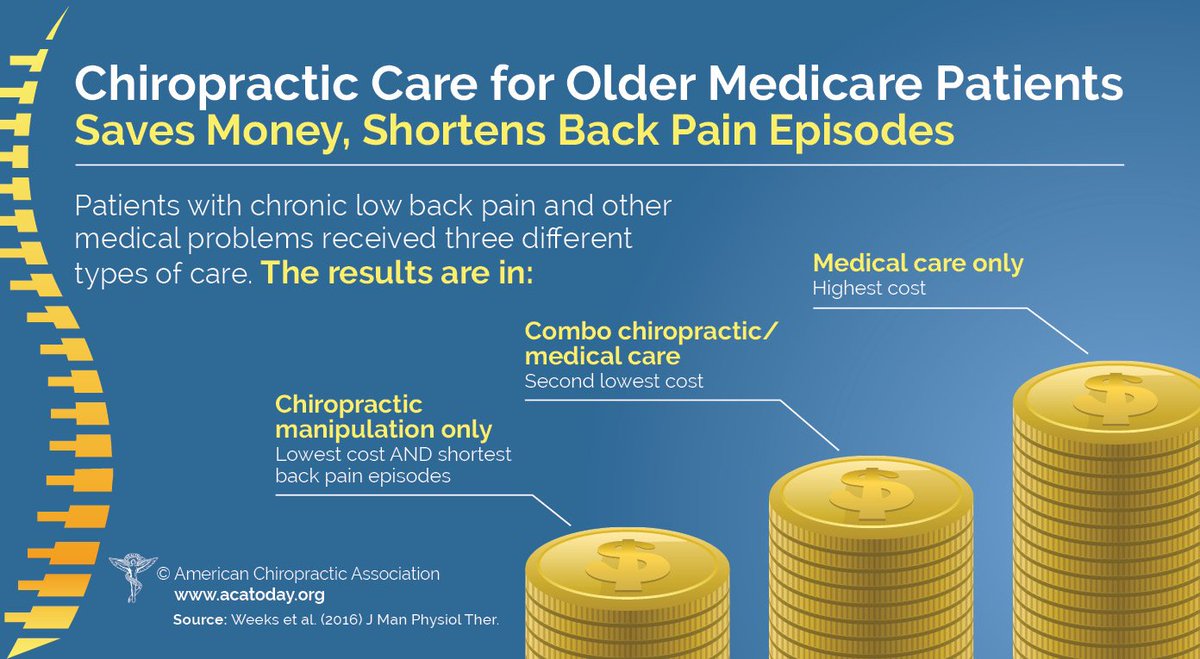Leading-Edge Laser Therapy: Altering The Landscape Of Pain Alleviation And Healing
Leading-Edge Laser Therapy: Altering The Landscape Of Pain Alleviation And Healing
Blog Article
Web Content Develop By-Burt Purcell
If you're seeking effective remedies for taking care of discomfort and enhancing recuperation, modern laser treatment could be what you need. This innovative method makes use of details light wavelengths to target tissues, promoting recovery and minimizing swelling. Unlike typical methods, it offers a non-invasive alternative with minimal threats. Interested about exactly how it functions and the advantages it can give your healing journey? Let's discover the scientific research behind this exceptional treatment.
Understanding the Science Behind Laser Therapy
When you think about laser therapy for discomfort management, it's essential to recognize the science behind it. This ingenious therapy makes use of particular wavelengths of light to penetrate your skin, targeting cells at various depths.
The energy from the laser stimulates cellular functions, advertising recovery and decreasing swelling. You'll notice that this procedure boosts blood flow, supplying oxygen and nutrients to injured areas, which increases healing.
In addition, laser treatment can set off the release of endorphins, your body's all-natural painkillers, assisting to minimize pain. Unlike standard approaches, laser treatment is non-invasive and frequently requires no downtime, permitting you to resume your everyday activities promptly.
Recognizing these clinical concepts aids you appreciate the possible benefits of integrating laser therapy right into your discomfort administration technique.
Applications of Laser Treatment hurting Administration
Laser therapy has a variety of applications in pain management, making it an attractive choice for lots of individuals. You can use this non-invasive therapy for various problems, including joint inflammation, tendonitis, and chronic neck and back pain.
It properly targets swelling and stimulates recovery in soft cells, lowering discomfort and accelerating recuperation. Athletes frequently rely on laser treatment for sports injuries, as it promotes much faster tissue fixing and minimizes downtime.
You might additionally discover it beneficial for post-surgical pain alleviation, helping you restore mobility sooner. In addition, laser treatment can minimize discomfort from conditions like fibromyalgia and neuropathy, providing an all natural method to your pain administration trip.
Accepting this advanced therapy can boost your total lifestyle.
Advantages of Choosing Laser Treatment for Healing
Picking laser treatment for recovery uses numerous compelling benefits that can enhance your healing procedure.
Initially, it's non-invasive, allowing you to avoid the risks related to surgical treatment. You'll experience minimal pain during treatment, assisting you feel relaxed and comfortable.
Laser treatment promotes much faster cells repair work and decreases swelling, which can dramatically shorten your healing time. Plus, https://newatlas.com/medical/lasers-ultrasound-combine-pulverize-arterial-plaque/ boosts cellular regrowth, implying your body can heal more effectively.
You'll likely discover better wheelchair and decreased discomfort, making daily activities much more convenient.
Additionally, this therapy has couple of adverse effects compared to conventional pain management approaches, so you can concentrate on your recovery without worrying about problems.
Final thought
Incorporating modern laser treatment into your discomfort administration plan can really transform your recovery journey. By taking advantage of the power of certain wavelengths of light, you can experience reduced swelling and faster recovery without the dangers of surgical procedure. Whether you're handling arthritis or a sports injury, this non-invasive therapy not only alleviates discomfort but likewise boosts your total health. Embrace the future of healing and take an action in the direction of an extra active, pain-free life.
